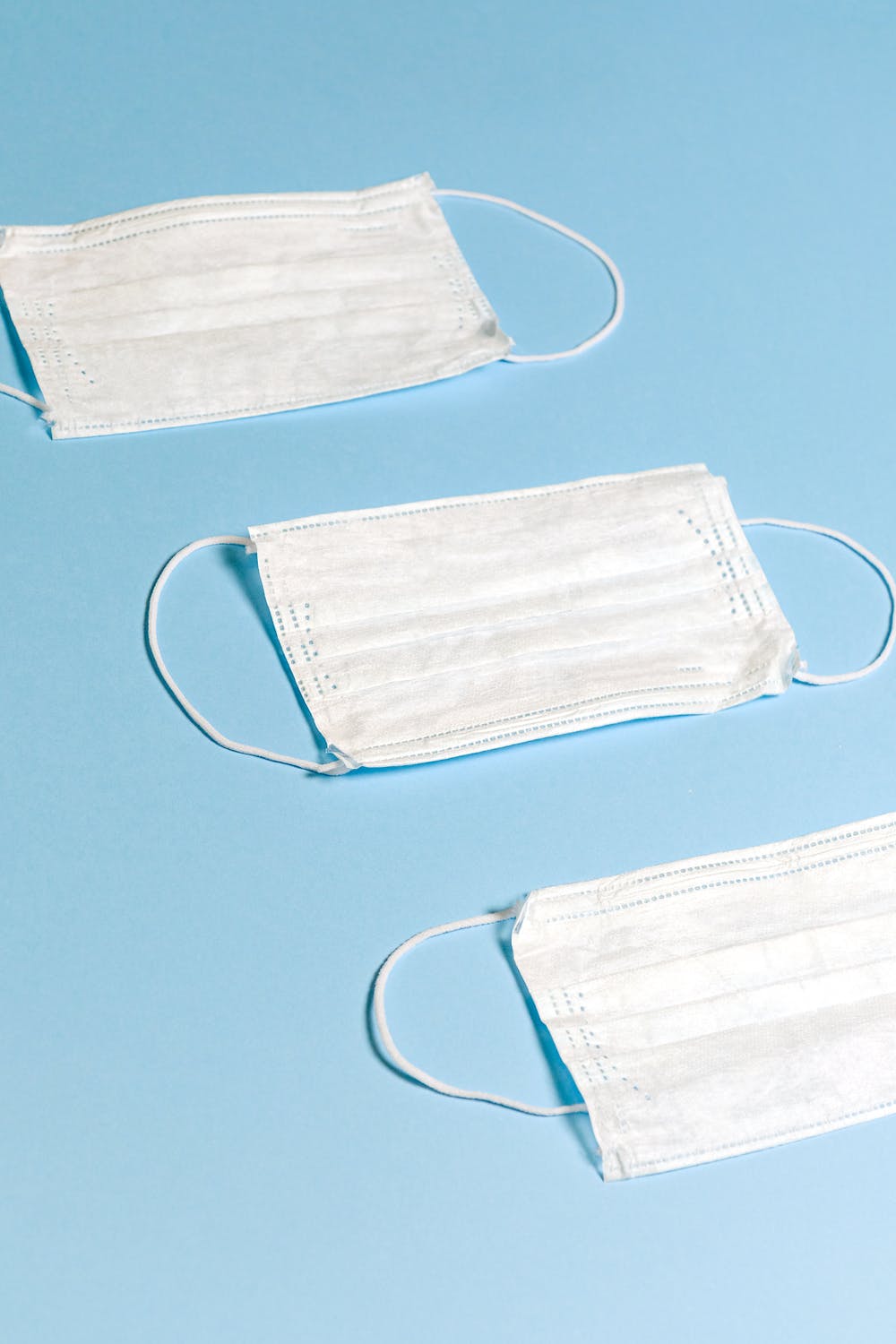
08 Sep Comparison of COVID-19 vs Seasonal Influenza in Children
MedicalResearch.com Interview with:
Xiaoyan Song, PhD, MBBS, CIC
Director, Office of Infection Control/Epidemiology
Children’s National Hospital
Professor of Pediatrics
George Washington University School of Medicine and Health Science
Washington, D.C. 20010
MedicalResearch.com: What is the background for this study?
Response: As soon as SARS-COV-2 virus began spreading in early January and raising concerns for a potential pandemic, both the public and healthcare providers have wondered how this new virus is compared to influenza, a virus that human has known for a century and has become much more familiar with its spread pattern, disease characteristics, and treatment.
In contrast, we have very little knowledge about SARS-COV-2 and are still getting to know it little by little. At Children’s National, we always maintain high vigilance on emerging infectious diseases and have excellent surveillance programs for influenza and other respiratory viral diseases. Therefore, driven by
1) Our curiosity to know if SARS-COV-2 is indeed similar or different from influenza, and
2) Availability of both SARS-COV-2 and influenza data, we conducted this retrospective study.
MedicalResearch.com: What are the main findings?
Response: The main findings include:
1) Children with COVID-19 and those with seasonal influenza had a similar hospitalization rate, intensive care unit admission rate, and use of mechanical ventilators.
2) More patients hospitalized with COVID-19 than with seasonal influenza reported fever, diarrhea or vomiting, headache, body ache or myalgia, and chest pain. Both groups of patient reported cough and shortness of breath with no statistical differences detected.
MedicalResearch.com: What should readers take away from your report?
Response: Both COVID-19 and seasonal influenza are harmful to children. Both viruses are associated with similar negative impact on children who are infected. Precautions must be taken to protect children from getting either infections. Masking, social distancing, and frequent handwashing are effective against both viruses and should be incorporated into everyday life. Considering that seasonal influenza is preventable by getting influenza vaccine, parents should take advantage of this and get children vaccinated now.
MedicalResearch.com: What recommendations do you have for future research as a result of this work?
Response: First, it would be very helpful to see a similar study from adult population; Second, we need research to find a public health strategy that is social-economically affordable while is effective in containing the spread of COVD-19, influenza, and other respiratory viruses.
MedicalResearch.com: Is there anything else you would like to add?
Response: Understandably, a new virus like COVID-19 has made humans to be concerned. To win over this virus, first and foremost is to stay calm. Second, take actions based on what we know – masking, avoiding crowded areas to maintain social distancing, and frequent hand washing. Thirdly, trust scientists to continue advancing our knowledge about this virus and to lead us to breakthroughs in both vaccine development and discovery for a curve.
Citation:
Song X, Delaney M, Shah RK, Campos JM, Wessel DL, DeBiasi RL. Comparison of Clinical Features of COVID-19 vs Seasonal Influenza A and B in US Children. JAMA Netw Open. 2020;3(9):e2020495. doi:10.1001/jamanetworkopen.2020.20495
[subscribe]
Last Modified: [last-modified]
The information on MedicalResearch.com is provided for educational purposes only, and is in no way intended to diagnose, cure, or treat any medical or other condition. Always seek the advice of your physician or other qualified health and ask your doctor any questions you may have regarding a medical condition. In addition to all other limitations and disclaimers in this agreement, service provider and its third party providers disclaim any liability or loss in connection with the content provided on this website.
Last Updated on September 8, 2020 by Marie Benz MD FAAD
